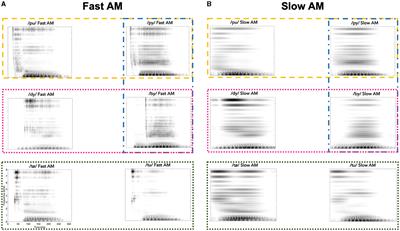EDITORIAL
Published on 13 Aug 2024
Editorial: Early development of sound processing in the service of speech and music perception
doi 10.3389/fnhum.2024.1471445
- 897 views
4,715
Total downloads
23k
Total views and downloads
EDITORIAL
Published on 13 Aug 2024
ORIGINAL RESEARCH
Published on 05 Jul 2024

ORIGINAL RESEARCH
Published on 04 Jul 2024
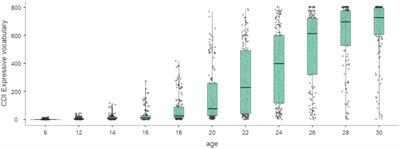
BRIEF RESEARCH REPORT
Published on 02 Jul 2024

ORIGINAL RESEARCH
Published on 17 Jun 2024
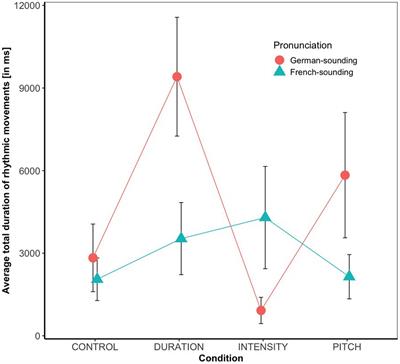
BRIEF RESEARCH REPORT
Published on 13 Jun 2024
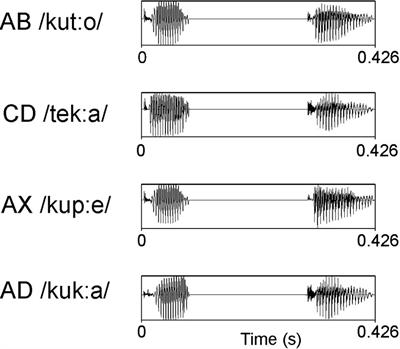
REVIEW
Published on 24 May 2024
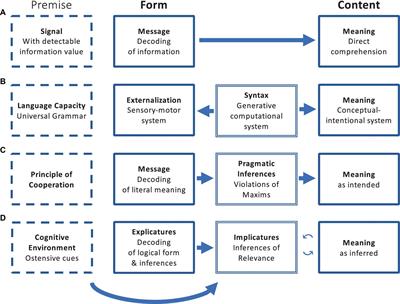
ORIGINAL RESEARCH
Published on 22 May 2024
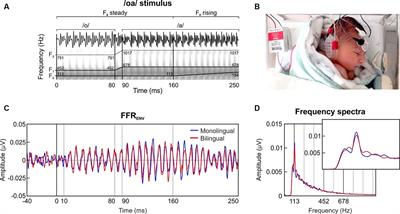
ORIGINAL RESEARCH
Published on 04 Apr 2024
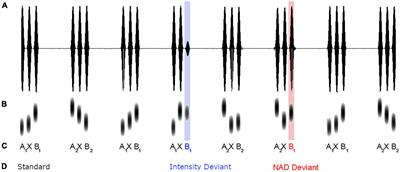
MINI REVIEW
Published on 12 Mar 2024
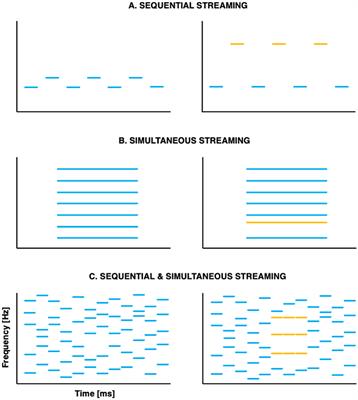
ORIGINAL RESEARCH
Published on 06 Mar 2024
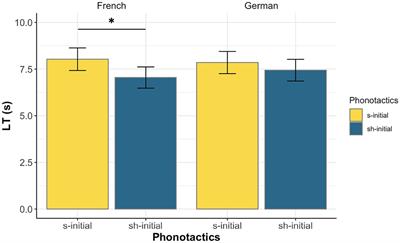
ORIGINAL RESEARCH
Published on 24 Jan 2024
